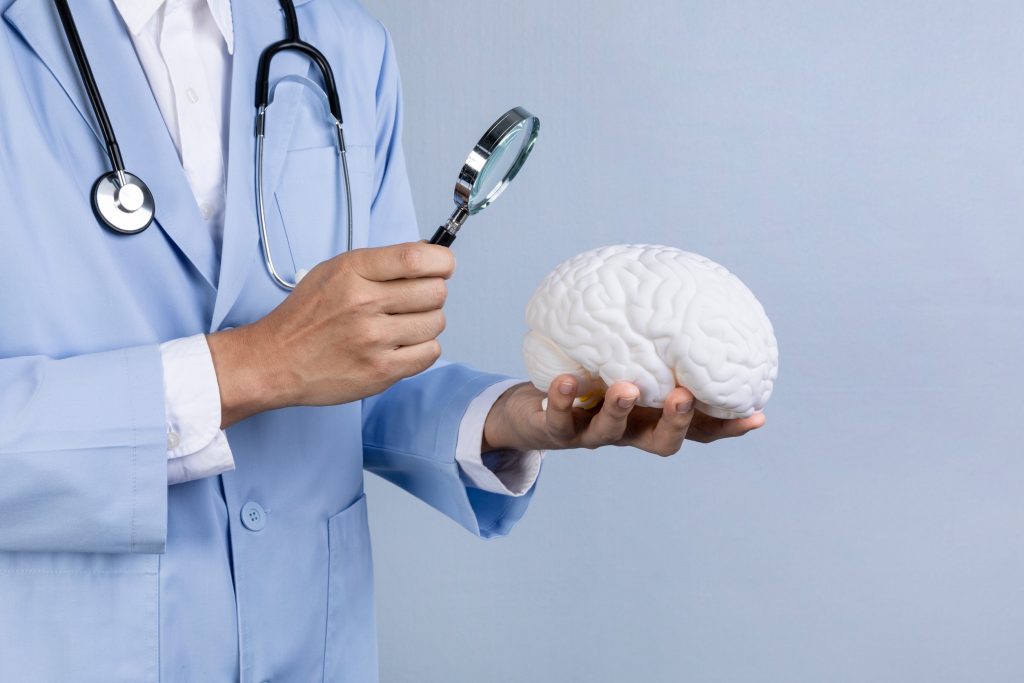
www.optimistdaily.com
A new path for Alzheimer’s: Scientists reverse cognitive decline in mice by repairing the brain’s natural defenses
BY THE OPTIMIST DAILY EDITORIAL TEAM
In a development that could redefine how we approach Alzheimer’s treatment, researchers successfully reversed symptoms of the disease in mice by repairing the brain’s own vascular defenses.
Using a novel nanotechnology-based approach, scientists from the Institute for Bioengineering of Catalonia (IBEC) and West China Hospital of Sichuan University (WCHSU), in collaboration with UK partners, have demonstrated that restoring the blood-brain barrier (BBB) can trigger the brain to heal itself. This could potentially transform future therapies for neurodegenerative conditions.
“Our study demonstrated remarkable efficacy in achieving rapid Aβ clearance, restoring healthy function in the blood-brain barrier, and leading to a striking reversal of Alzheimer’s pathology,” said Lorena Ruiz Perez, a researcher with the Molecular Bionics group at IBEC.
A new kind of drug
Unlike conventional nanomedicines, which typically use nanoparticles to deliver therapeutic molecules, this approach employs nanoparticles that serve as therapeutic agents themselves. Known as supramolecular drugs, these particles directly repair the brain’s protective barrier, the BBB, which plays a critical role in filtering harmful substances and maintaining neurological health.
“By restoring this ‘gatekeeper,’ we help the brain rebalance itself and make any other therapy work better,” said Giuseppe Battaglia, ICREA research professor at IBEC. “Today, no treatment reliably reverses Alzheimer’s; at best, some slow aspects of decline. Our results point to a new path: fix the barrier that keeps the brain healthy.”
A system-wide reset
The team found that addressing the BBB’s dysfunction allowed waste proteins like amyloid-beta (Aβ) which accumulate in Alzheimer’s patients and disrupt neuron function to be effectively cleared from the brain.
Using genetically modified mice designed to mimic Alzheimer’s symptoms, the researchers injected the supramolecular drugs and saw a reduction of 50 to 60 percent in Aβ levels within just one hour. “Animals show lasting functional recovery months later, suggesting durable benefits, not just a short-term effect,” Battaglia noted. Importantly, no signs of toxicity or damage were observed.
The impact was especially dramatic in a test with a 12-month-old mouse, roughly the equivalent of a 60-year-old human. After six months, the mouse, now age-equivalent to 90 in human years, demonstrated the cognitive performance of a healthy young animal.
“We think it works like a cascade: when toxic species such as Aβ accumulate, disease progresses. But once the vasculature is able to function again, it starts clearing Aβ and other harmful molecules, allowing the whole system to recover its balance,” explained Junyang Chen, a researcher at WCHSU and student at University College London.
How it works
The precision of this therapy lies in its ability to mimic natural molecular interactions. The team engineered nanoparticles that can bind to Aβ and interact with the LRP1 receptor, a key “molecular gatekeeper”, to cross the BBB and activate the brain’s waste-clearing systems.
“What excites us most is that we’ve taken a material as ancient as the blood-brain barrier and shown that it can do something entirely new,” said Battaglia. “By tapping into the brain’s existing infrastructure, we’re opening a door to therapies that don’t just mask symptoms, but restore vital systems.”
From mice to humans
Though the results are promising, researchers stress that human trials are still a long way off. “This is an innovative early-stage approach with encouraging results in mice. The rapid clearance of amyloid and the behavioural improvements are particularly striking,” said Francesco Aprile, professor of biological chemistry at Imperial College London, who was not involved in the study. “Further testing, including safety studies and validation in larger models, will be critical.”
Still, the implications are significant. If this method proves safe in humans, it could support better nutrient delivery, reduce inflammation, and clear harmful proteins, enhancing both quality of life and the effectiveness of existing Alzheimer’s medications.
“That combination could slow disease progression and boost the impact of other treatments,” said Battaglia. “It could mean fewer day-to-day declines, longer periods of independence, and better responses to medication for families, more meaningful time together and a reduced caregiving burden.”
Source study: Nature; Signal Transduction and Targeted Therapy—Rapid amyloid-β clearance and cognitive recovery through multivalent modulation of blood–brain barrier transportThe post A new path for Alzheimer’s: Scientists reverse cognitive decline in mice by repairing the brain’s natural defenses first appeared on The Optimist Daily: Making Solutions the News.










